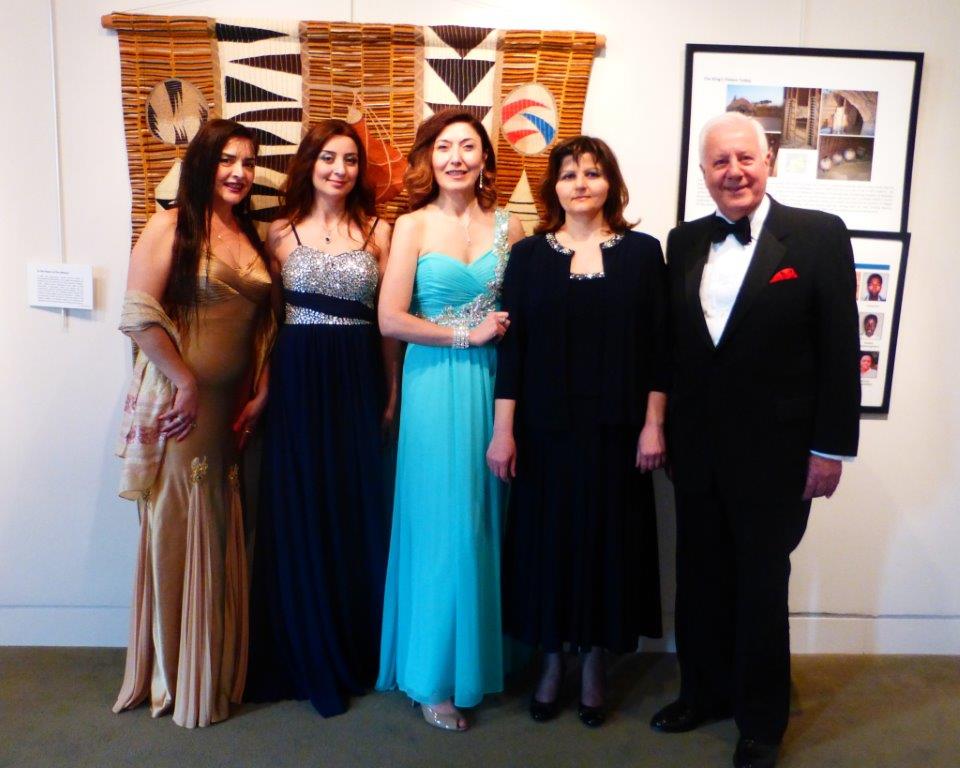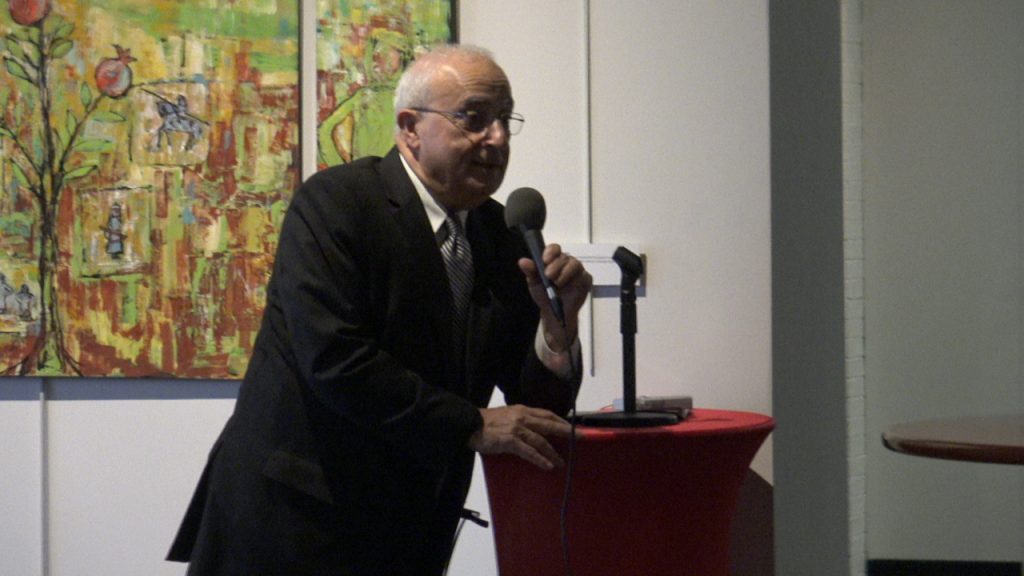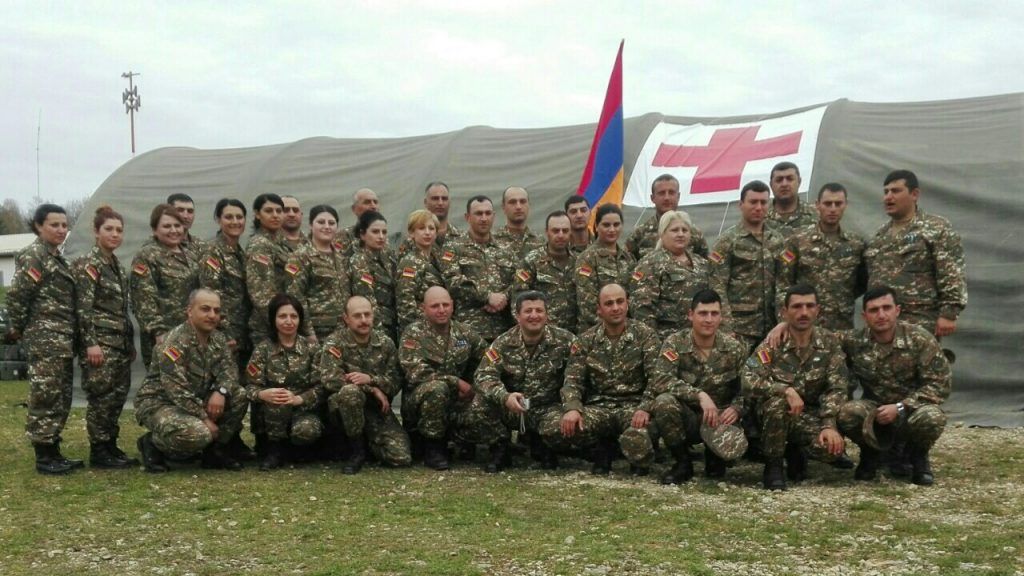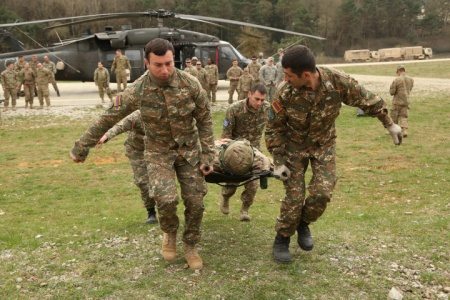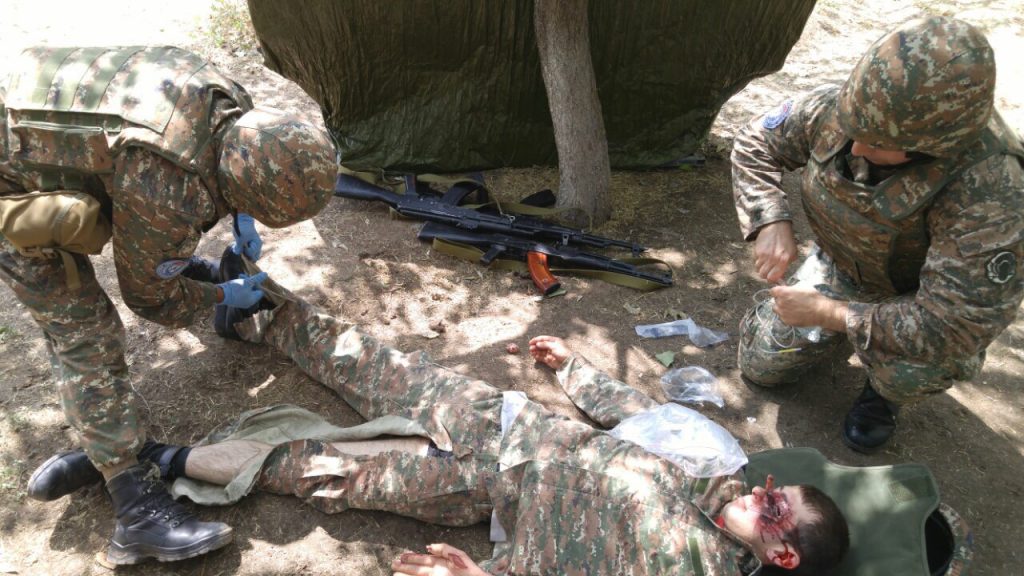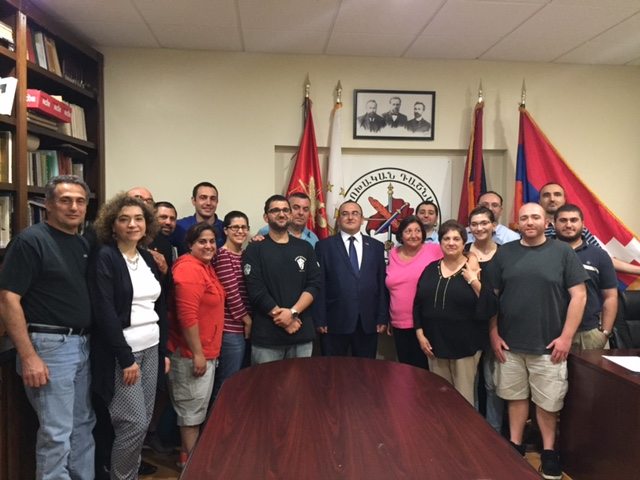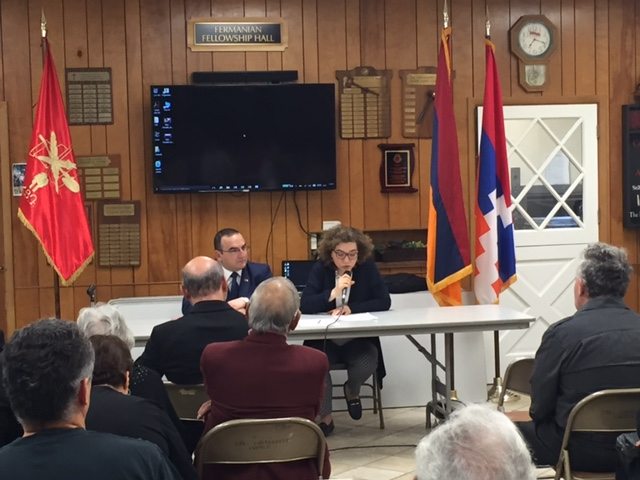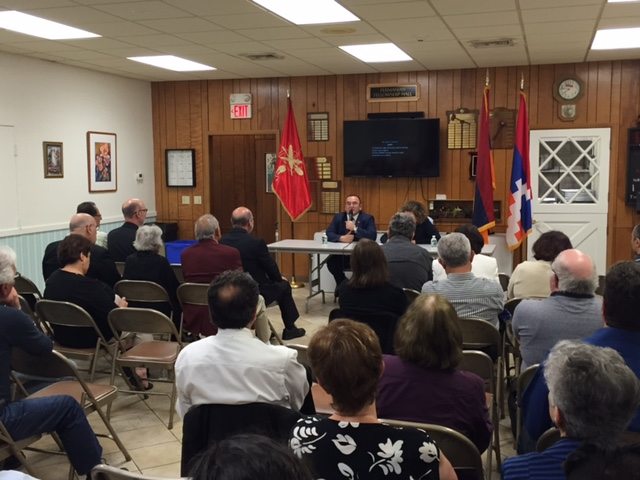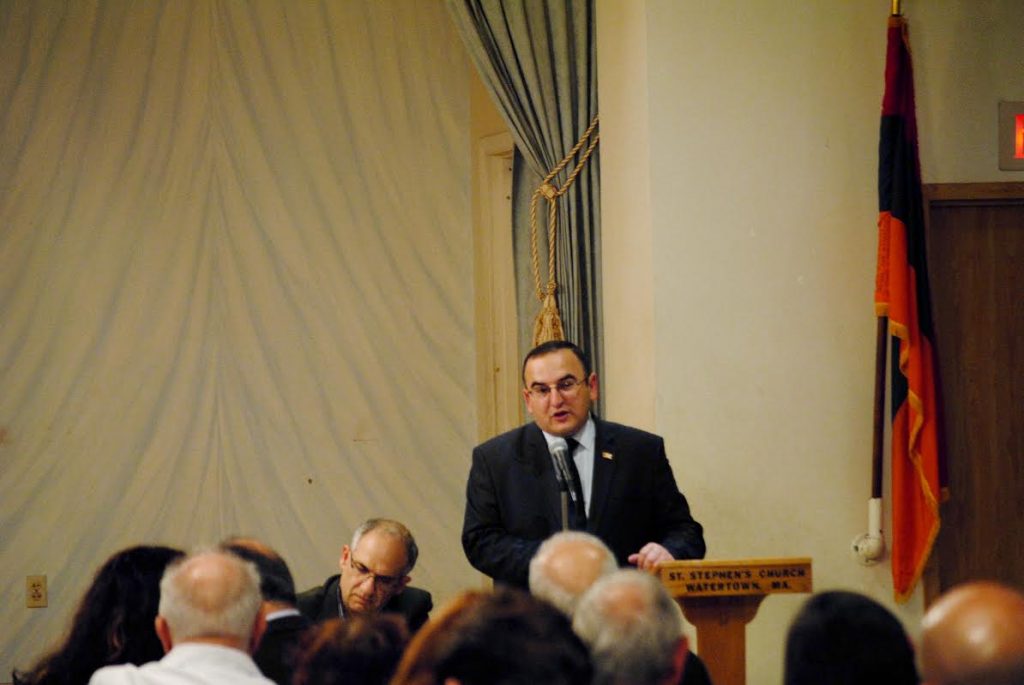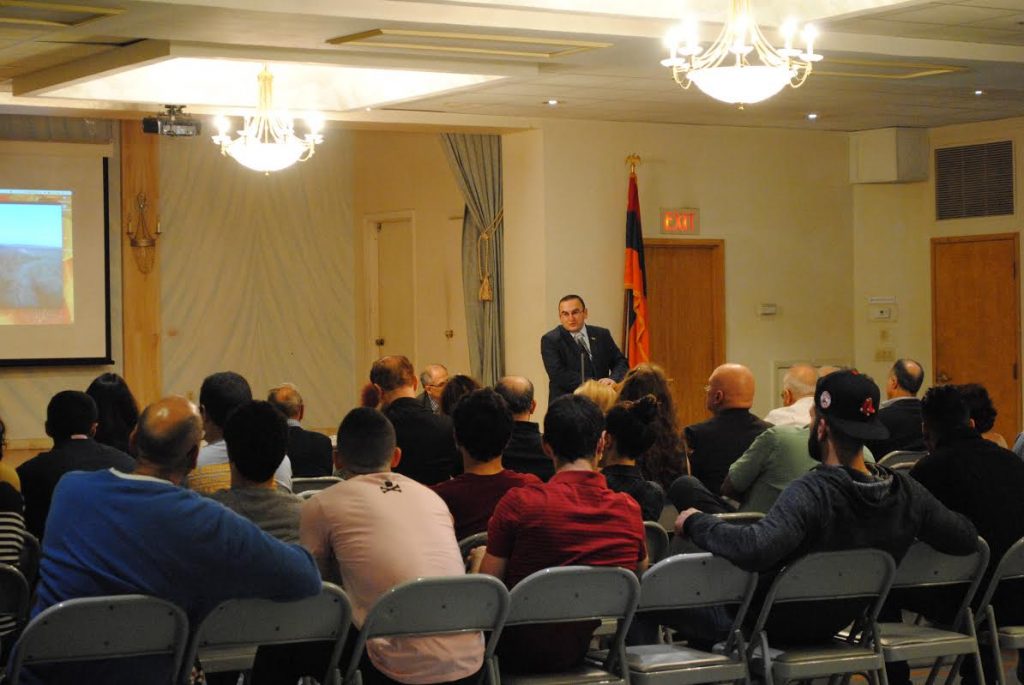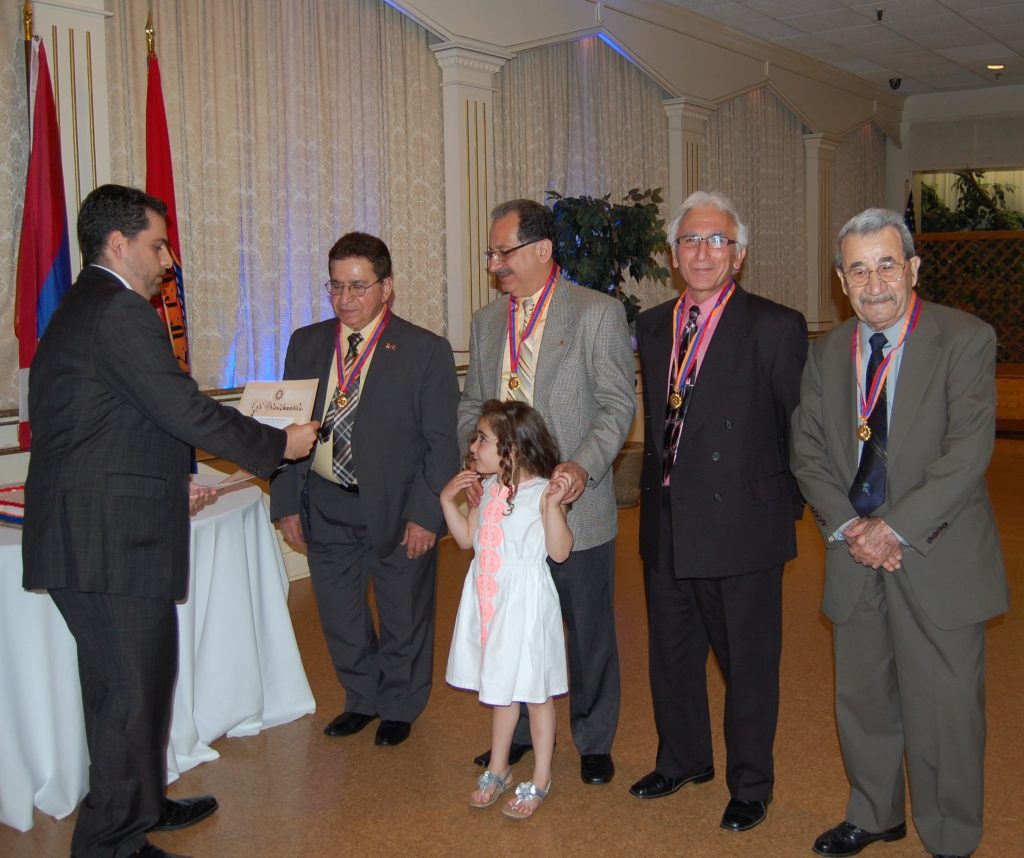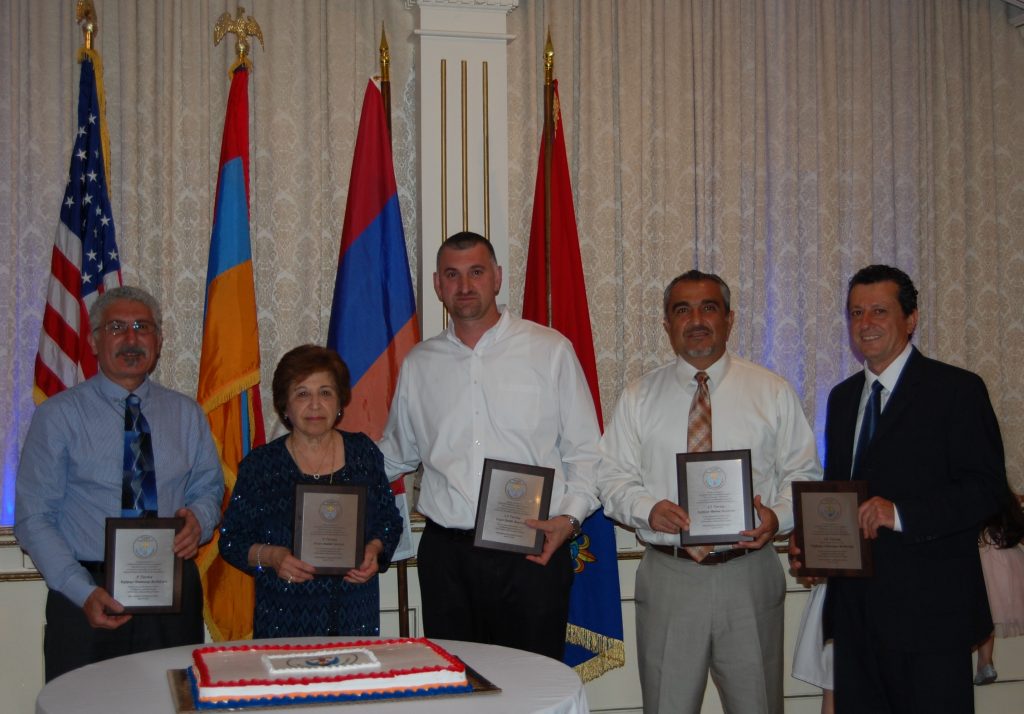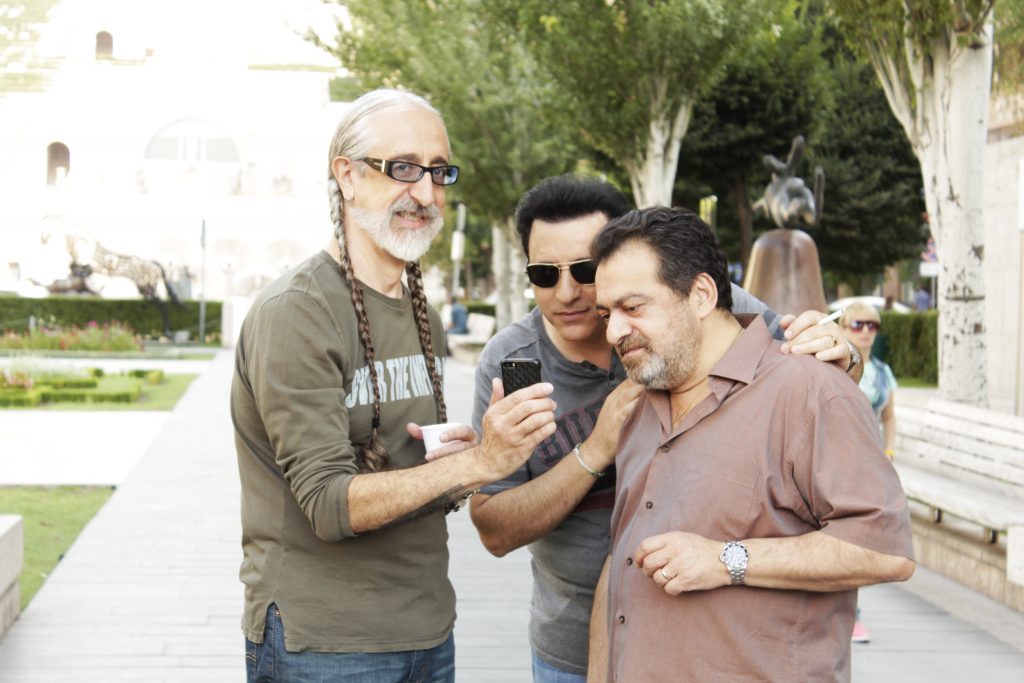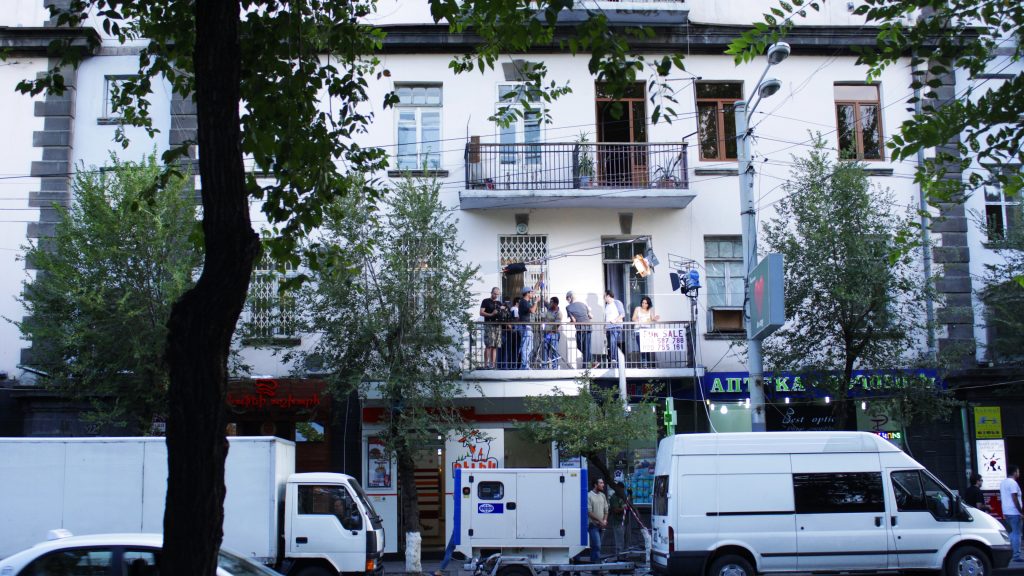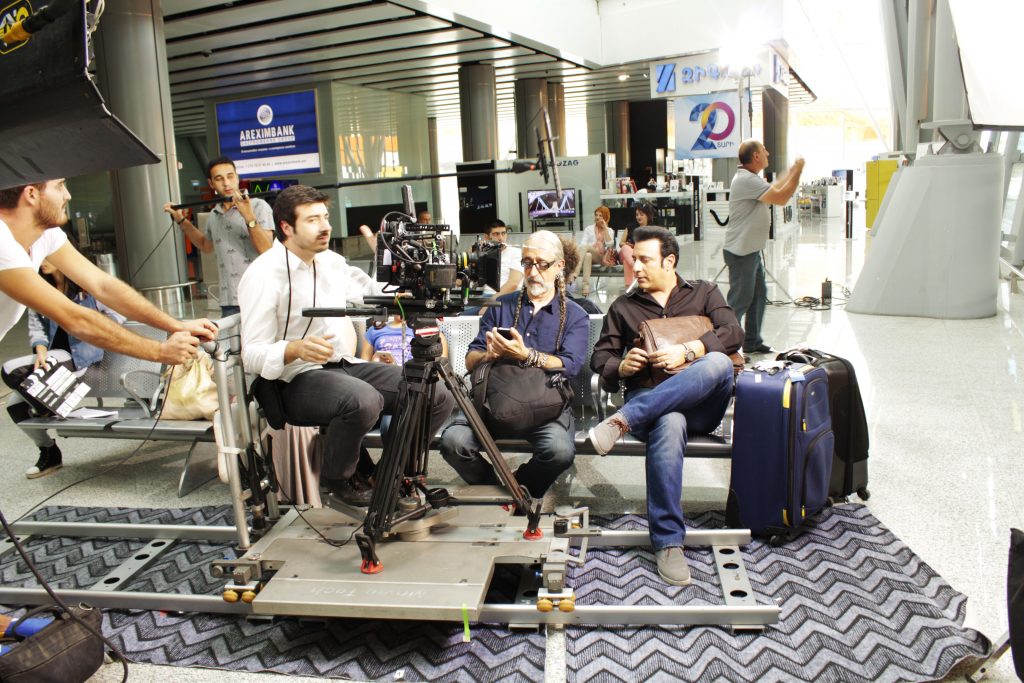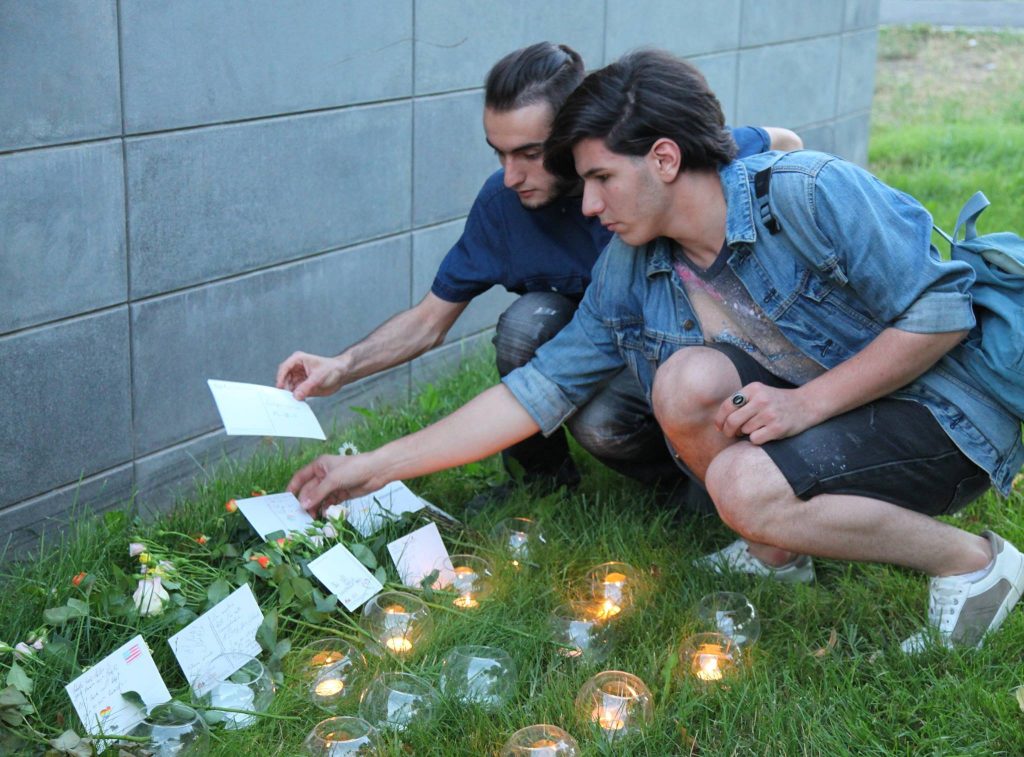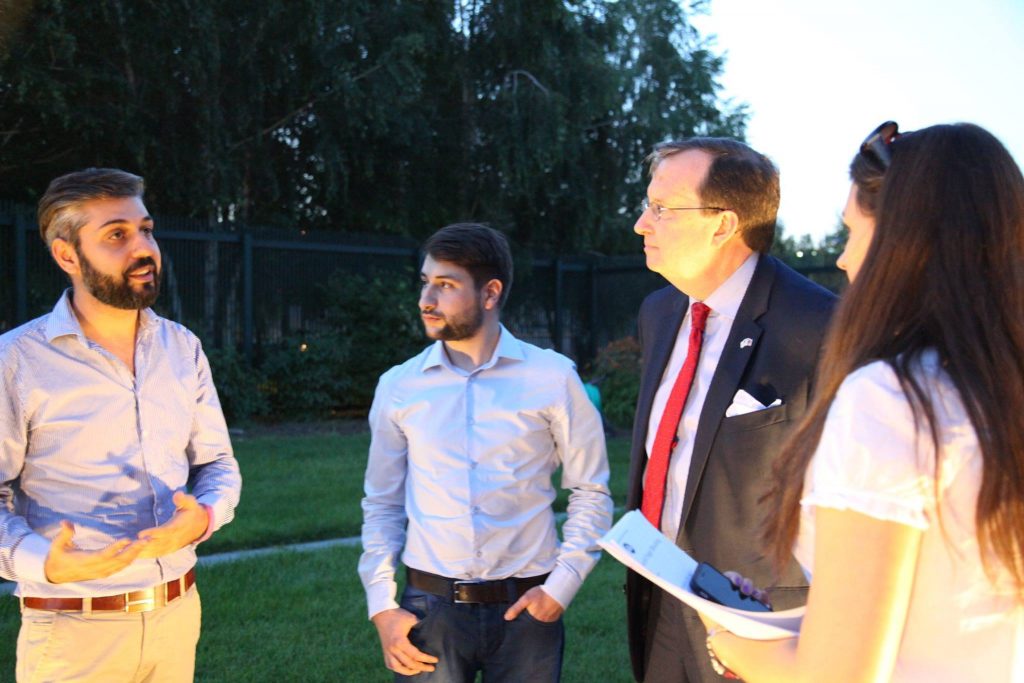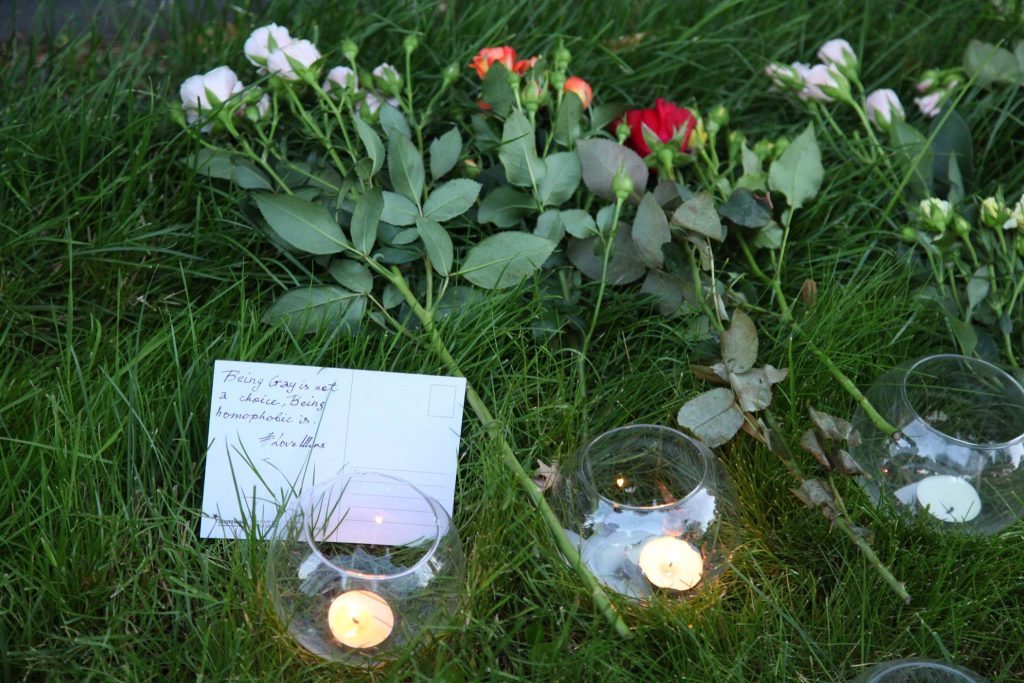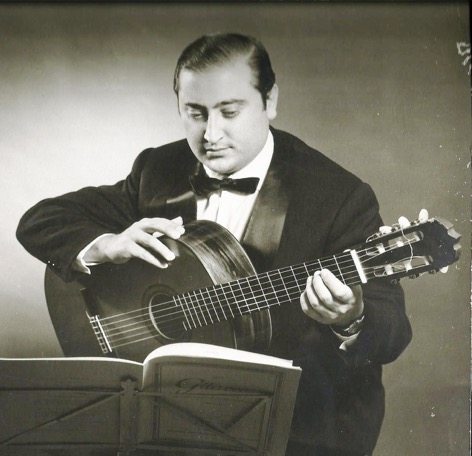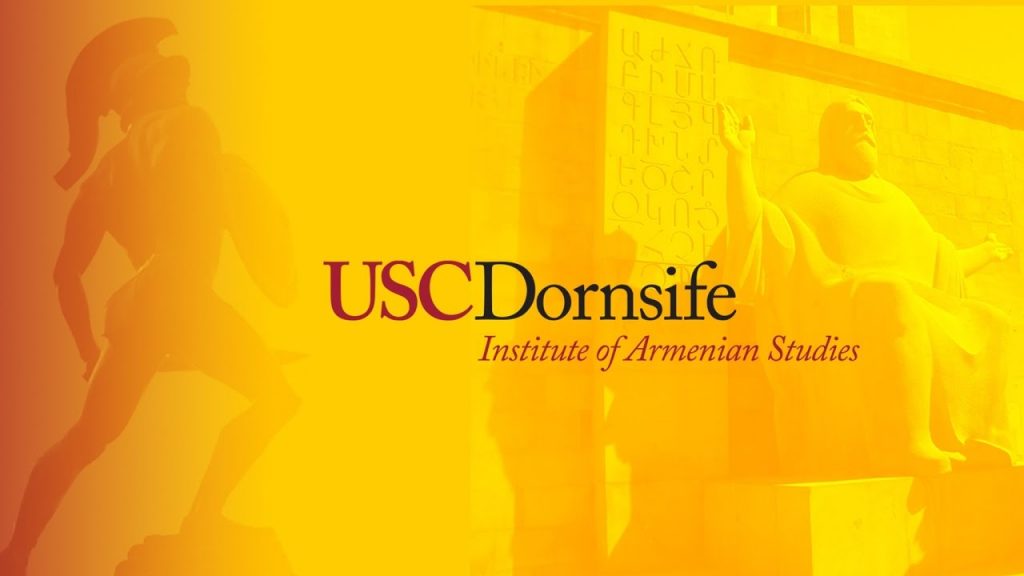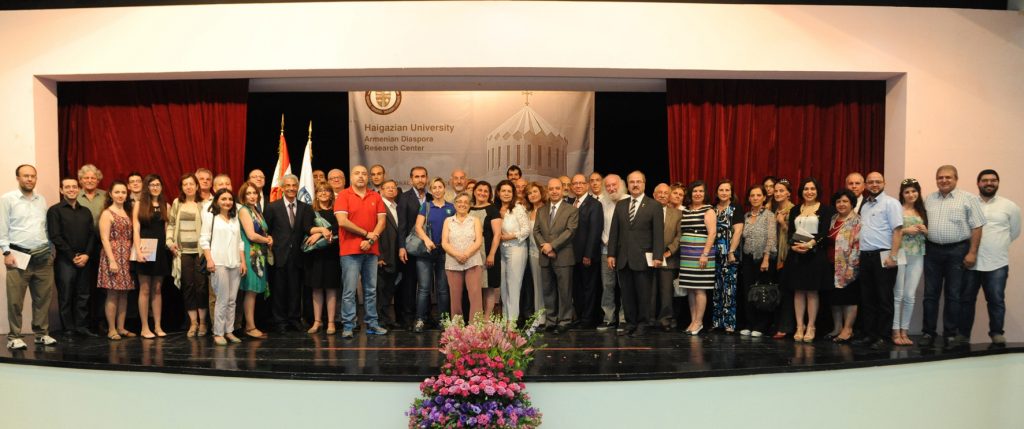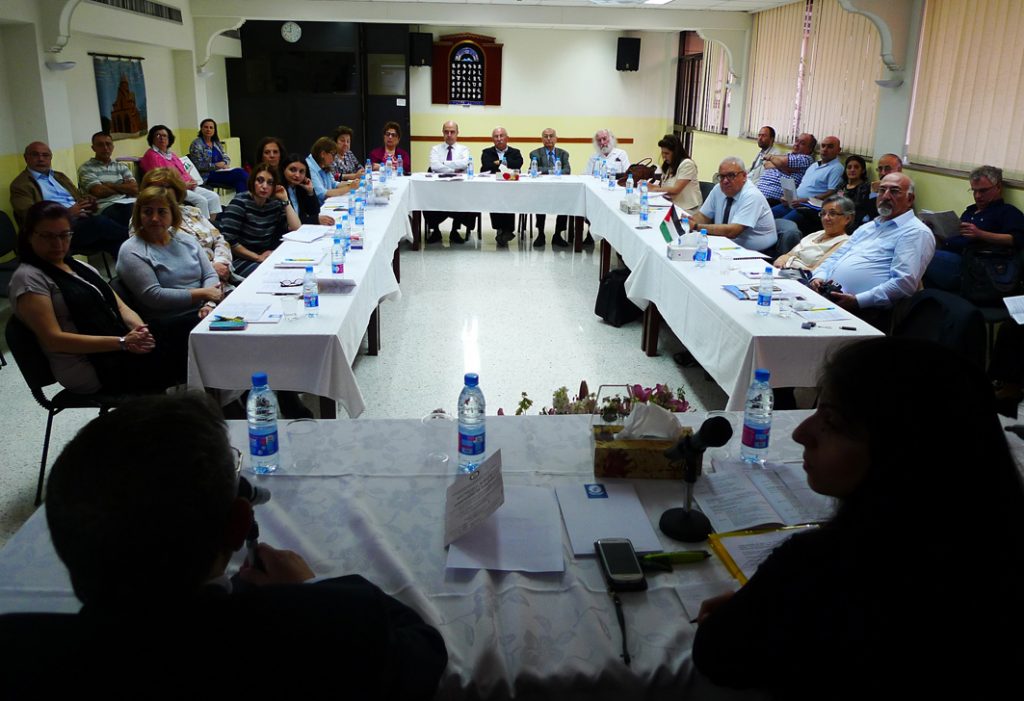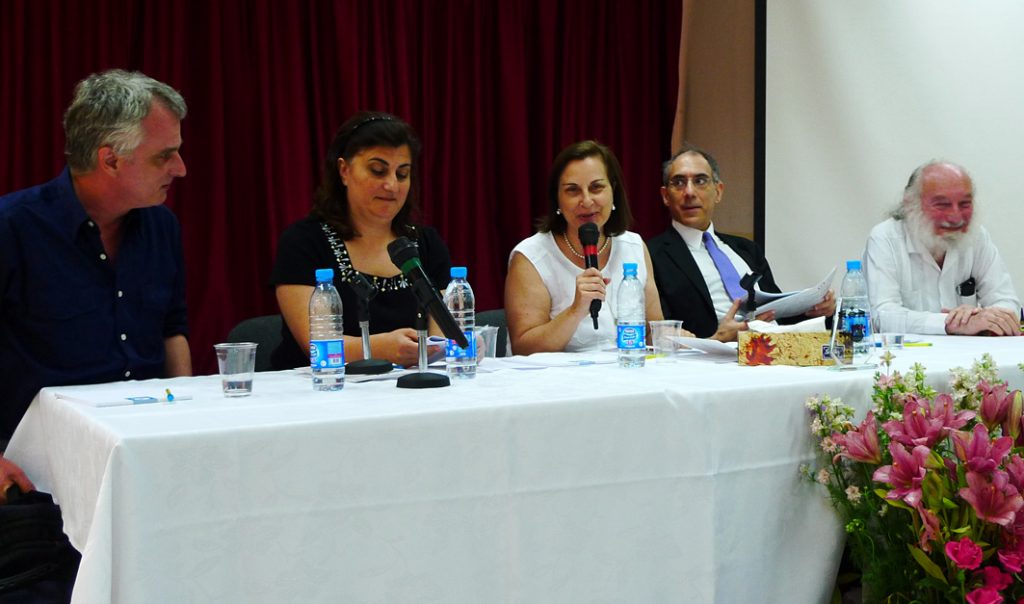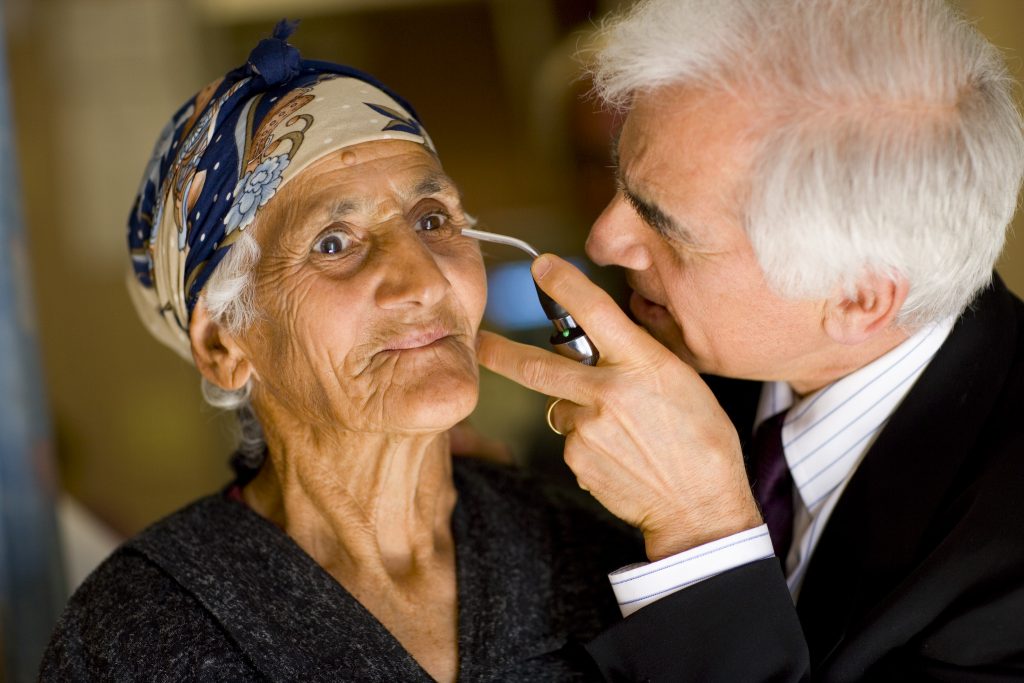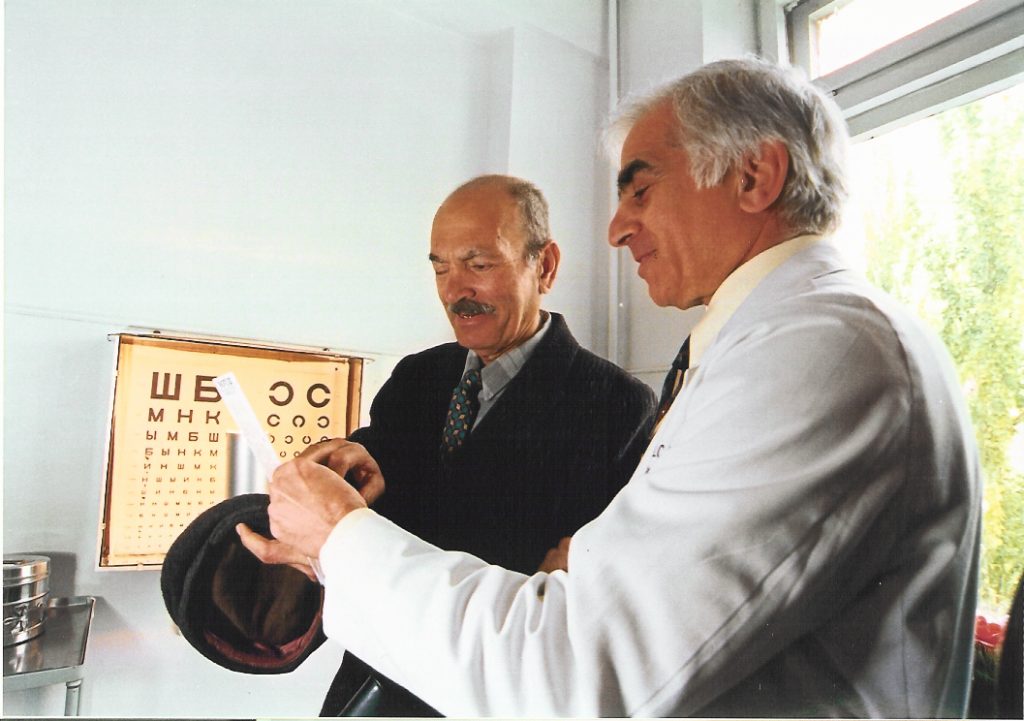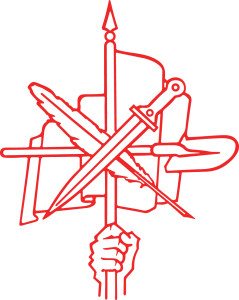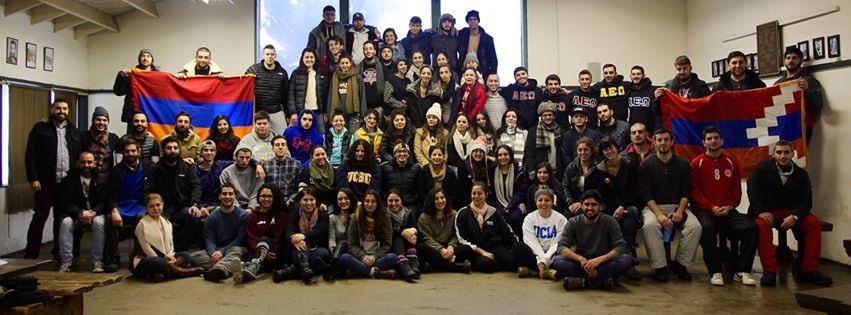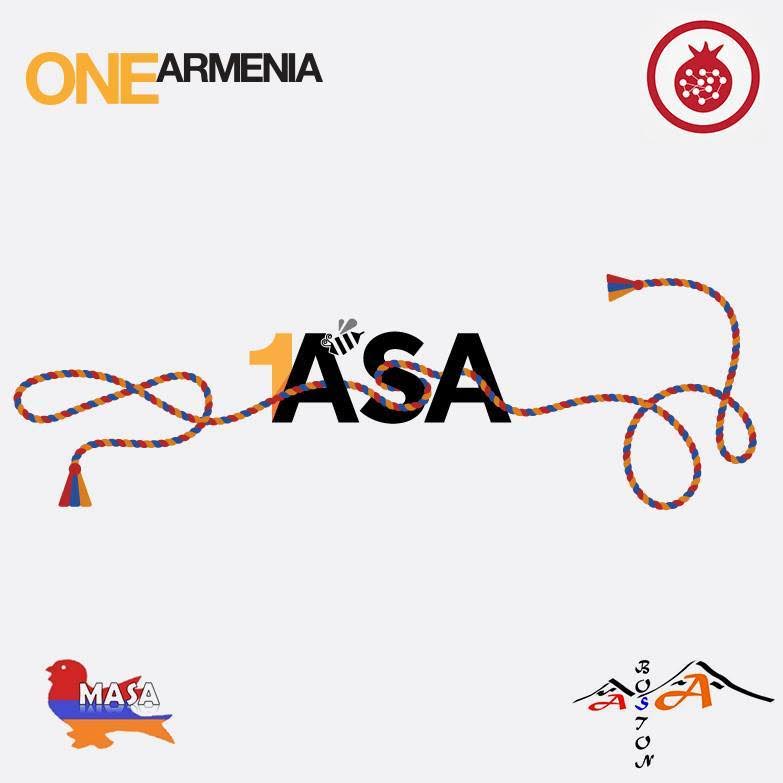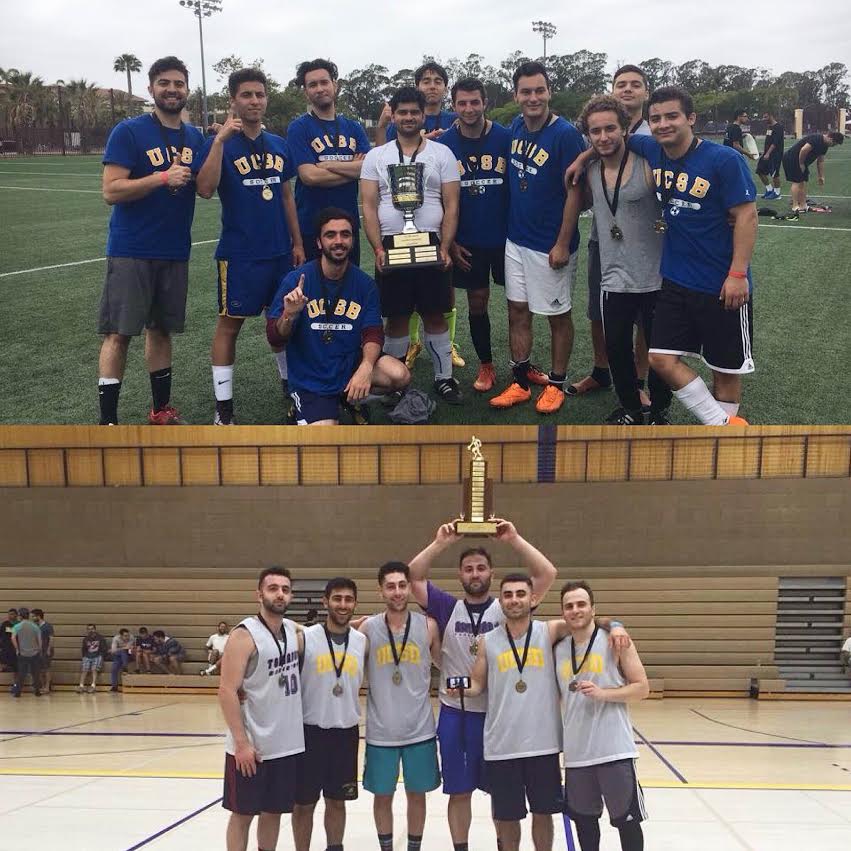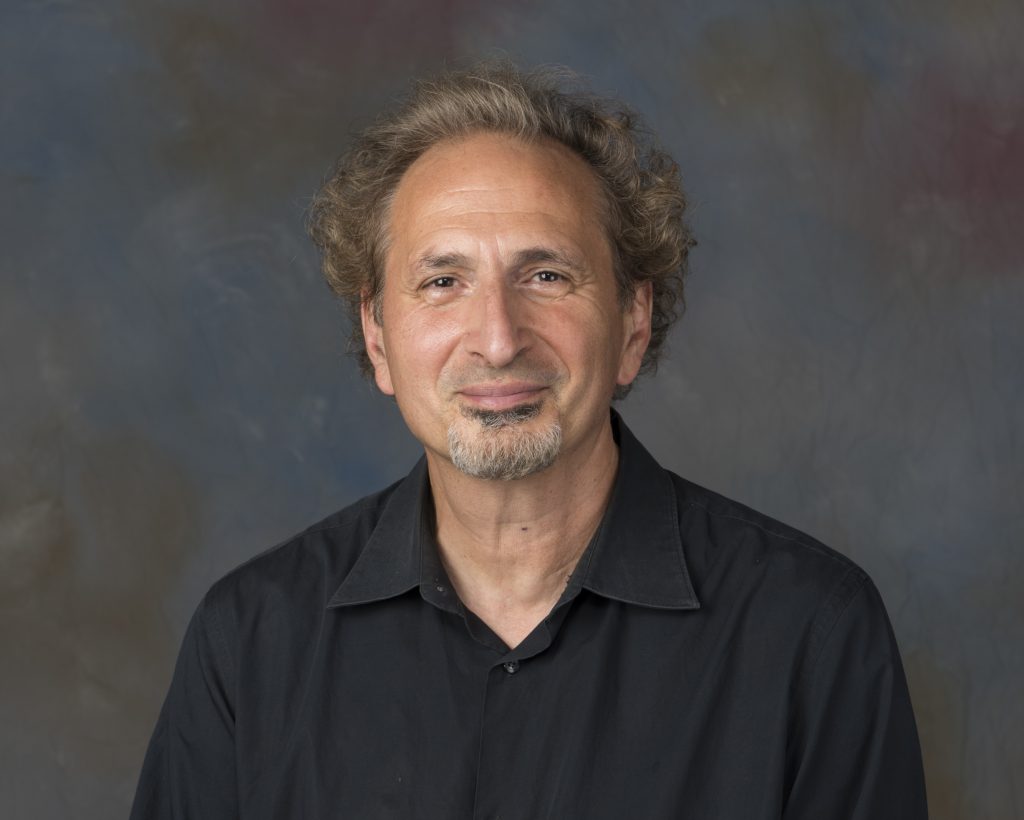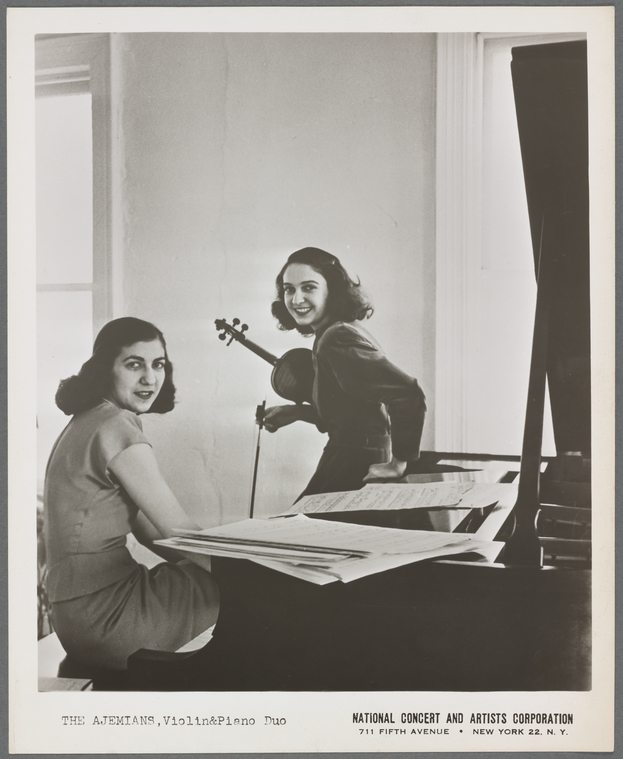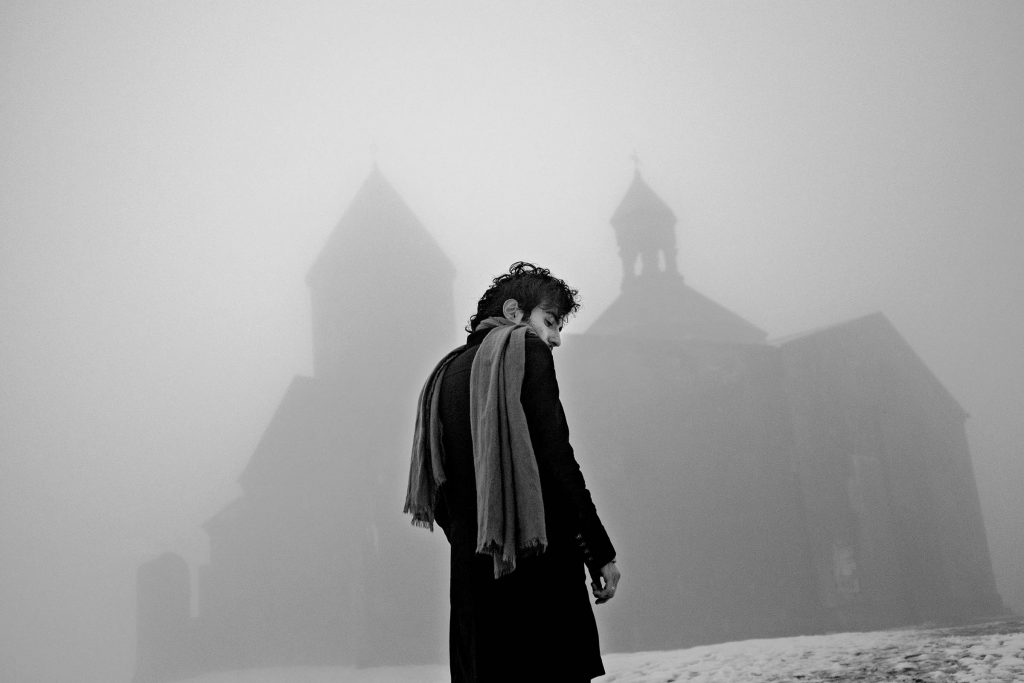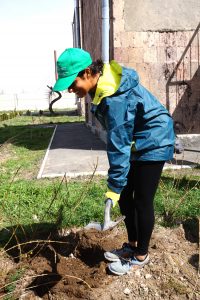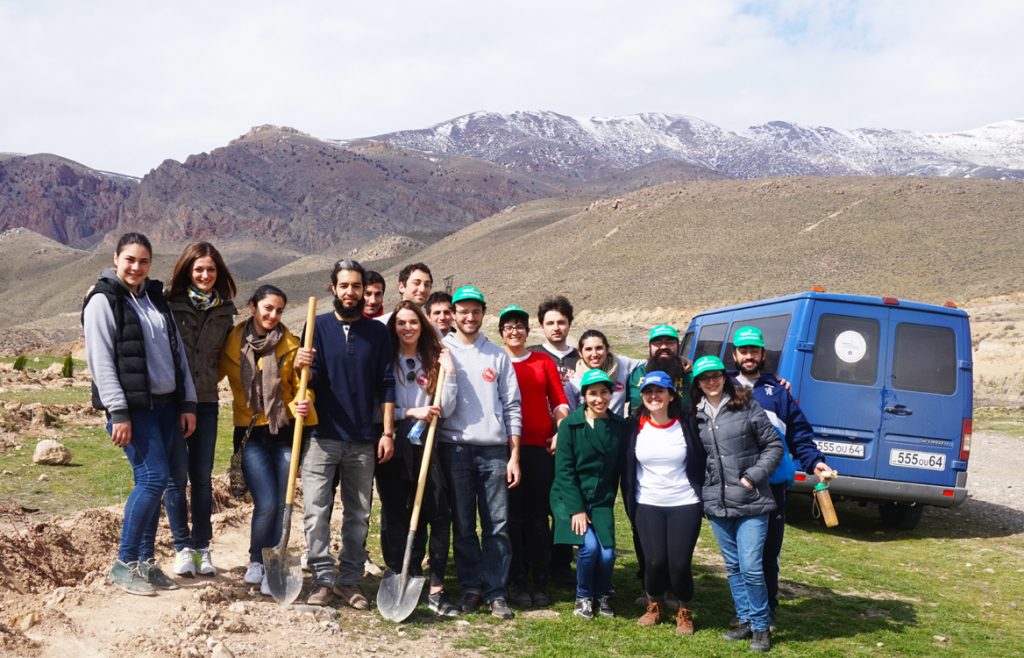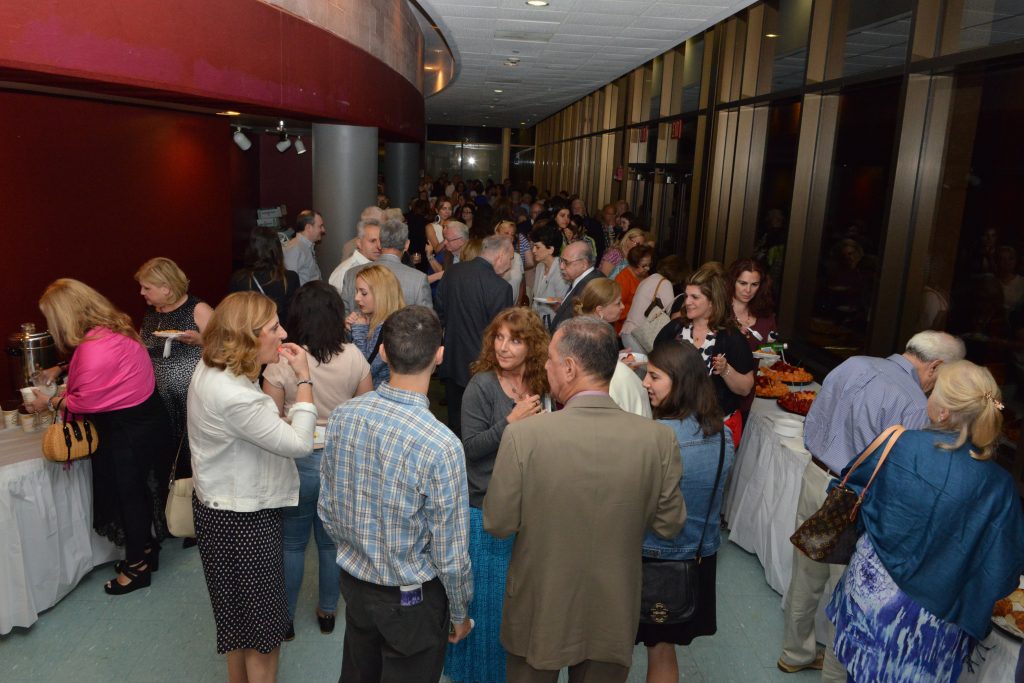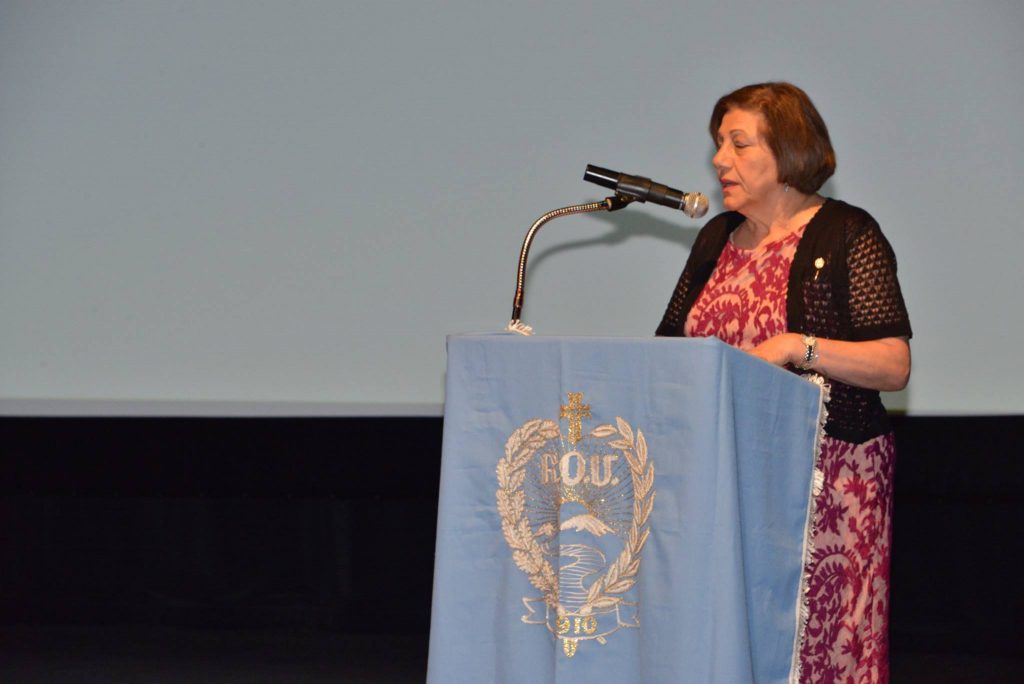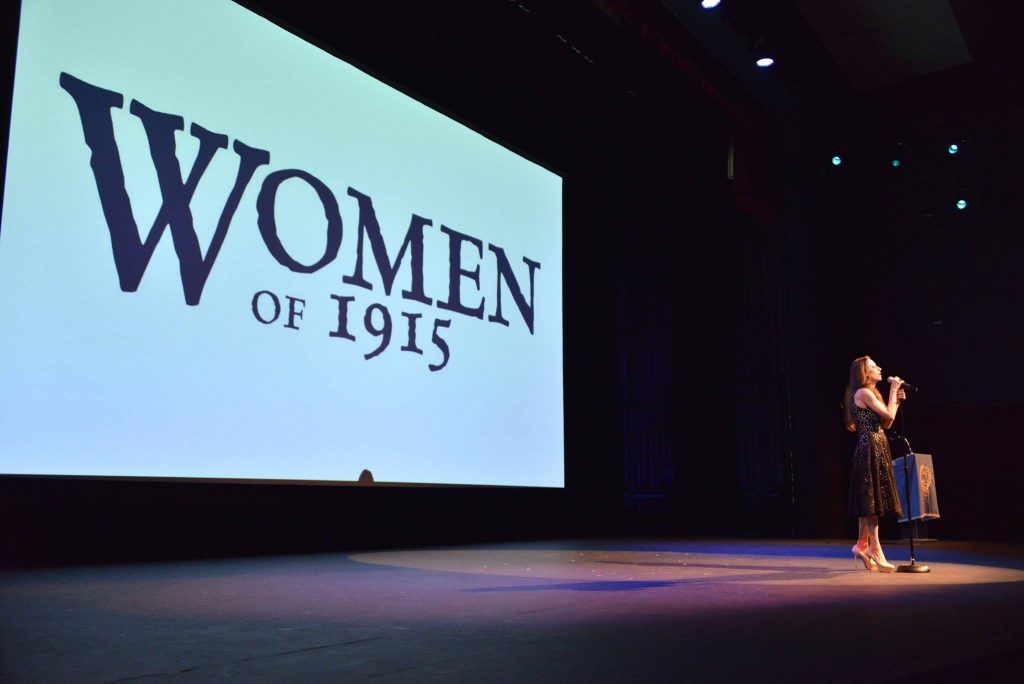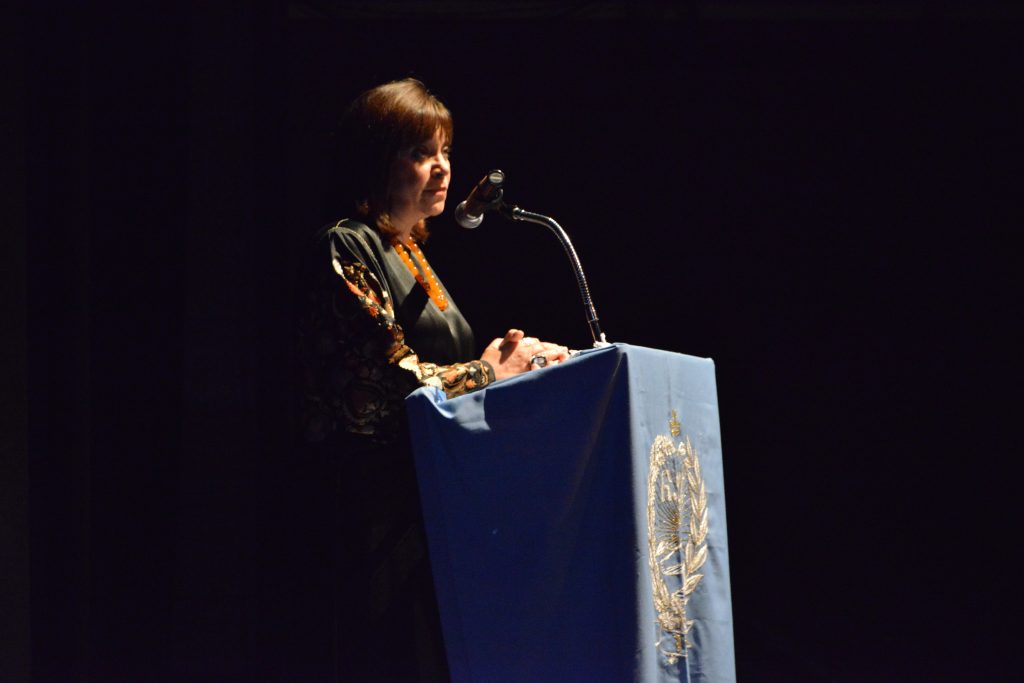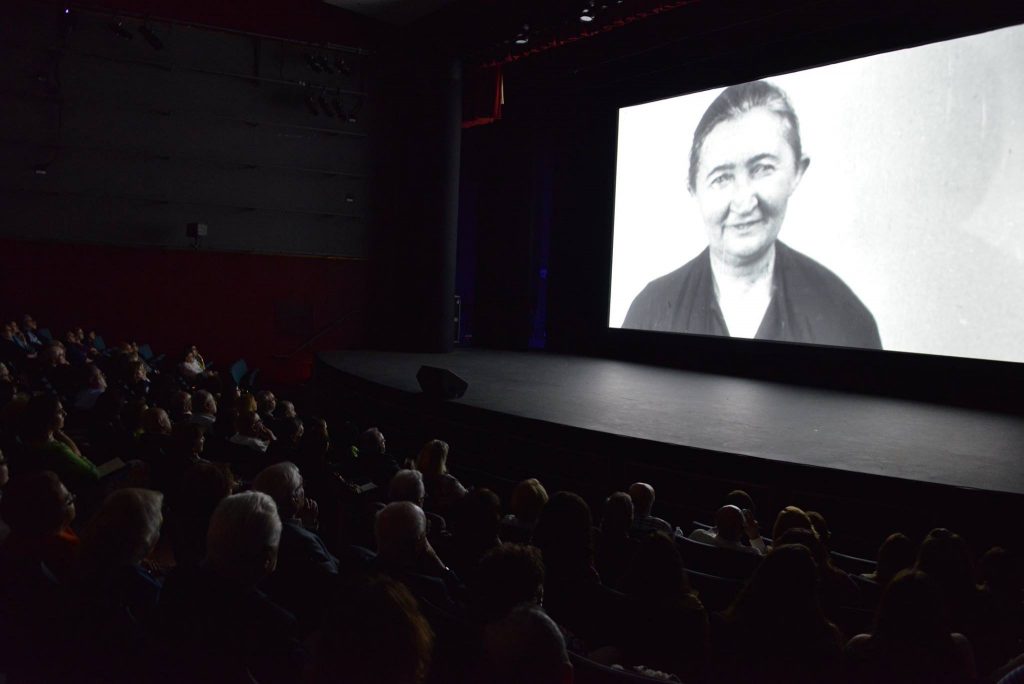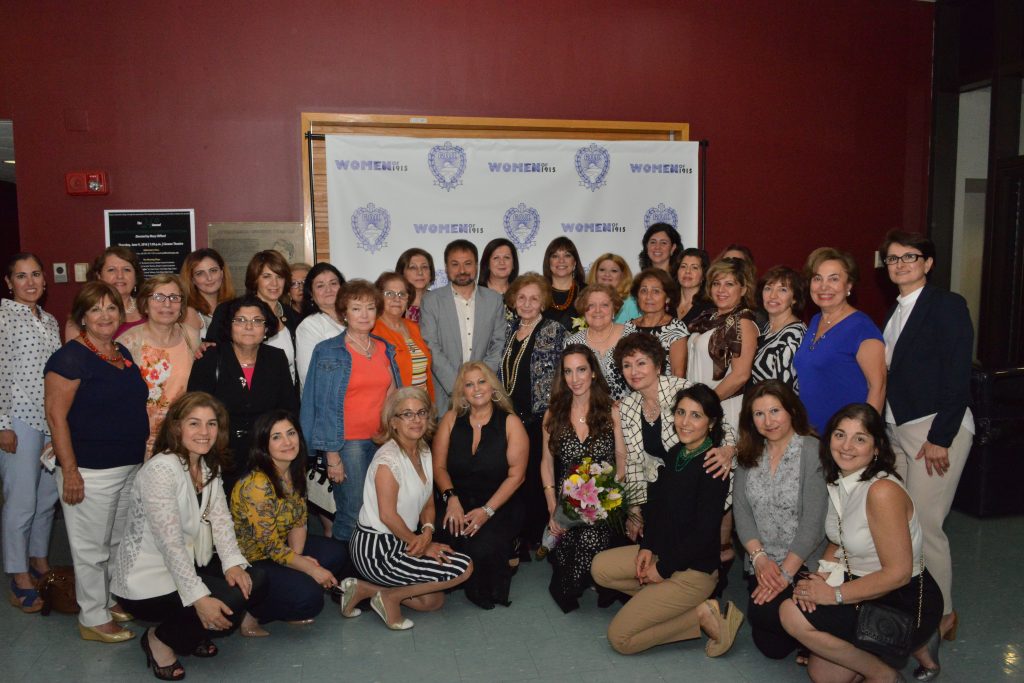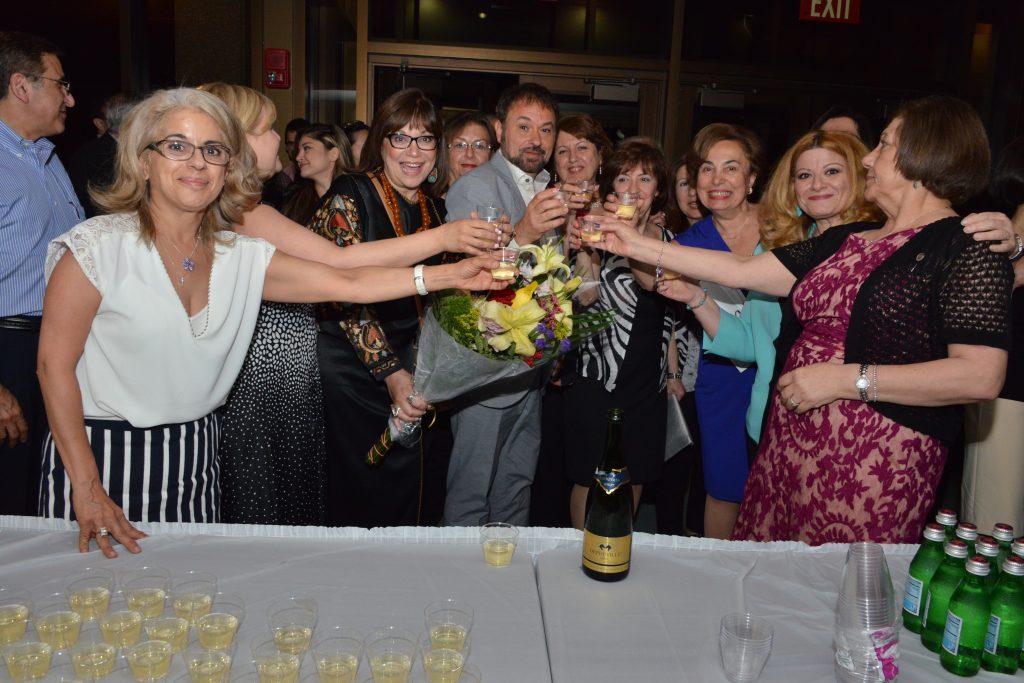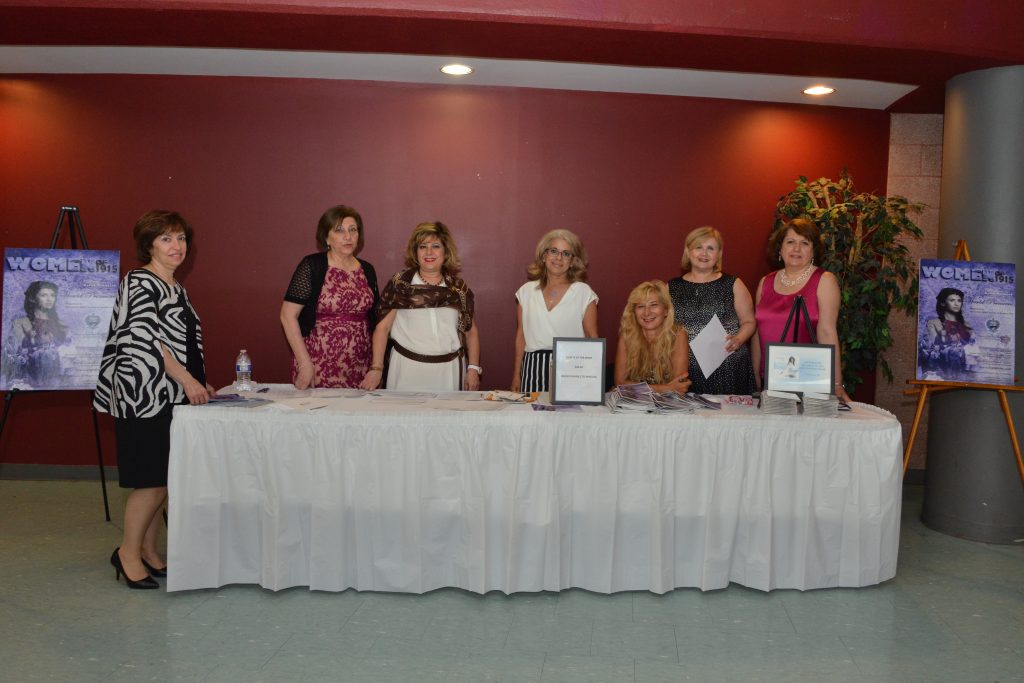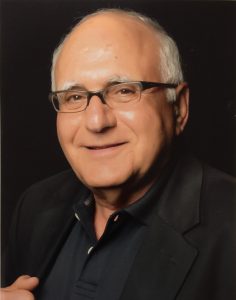Introduction
On June 4, the Armenian Relief Society (ARS) of Eastern USA organized a program featuring the world premiere of Bared Maronian’s “Women of 1915,” a documentary that uncovers the vital role women played in the Armenian Genocide of 1915. Over a century later, audience members gathered at the Ciccone Theater at Bergen Community College in New Jersey to witness Armenian and non-Armenian women from all over the world sharing stories of loss and heroism. Intertwined within the history of the women of 1915 is the lasting impact they left on future generations, ranging from their children and grandchildren on screen to those sitting in the audience on that day.
![]()
ARS of Eastern USA organized a program featuring the world premiere
of Bared Maronian’s ‘Women of 1915.’ (Photo: ZENPROIMAGE)
The movie-screening event, functioning as a film within a film, began with speeches and performances by active female members of the Armenian community, including chairwoman of the ARS of Eastern USA Talin Daghlian; award-winning actress and filmmaker Nora Armani; and Armenian-American singer/songwriter Hooshere.
![]()
Audience members gathered at the Ciccone Theater (Photo: ZENPROIMAGE)
Within the audience, a diversity of people, including representative from the New Jersey Congressman Scott Garrett’s office, filled almost every chair. Photographers captured these viewers’ alert and emotional facial expressions, which closely resembled those of the brave women on screen. Award-winning director Bared Maronian later addressed viewers’ questions and gracefully accepted well-deserved praises. Both the event and film successfully proved that human compassion and social activism can break different kinds of borders: time, space, gender, race, and even one as heavy as genocide.
ARS Eastern USA Message: Talin Daghlian
The event began with an opening speech by Daghlian, in which she explained the role of the ARS, along with Armenoid Productions, in supporting the film “Women of 1915.” The ARS, a 106-year-old, non-profit women’s organization serving the humanitarian needs of the Armenian people, felt that it was well worth the time and effort to support “a film project that can educate the public about the plight and strength of the Armenian women and those who assisted them during the Armenian Genocide.” Daghlian expressed gratitude to various individuals: the director, Bared Maronian; participants of the event, such as Nora Armani and Hooshere; members of the “Women of 1915” World Premiere Committee; and audience members, whose “generous contributions demonstrate deep commitment to our mission.”
![]()
Talin Daghlian delivering the ARS of Eastern USA’s message
(Photo: ZENPROIMAGE)
Hooshere Performs
Next, Hooshere, an Armenian-American singer and songwriter, set the soulful tone of the movie by performing songs dedicated to the women of 1915. Hooshere’s music is known for its unique combination of contemporary and traditional Armenian music and instrumentation. Hooshere performed Komitas’s song “Hov Arek” (“Feel the wind”) and “Sareri Hovin Mernem” (“Let me die by the mountain’s wind”) by V. Harootiunian and H. Badalian. The poetic lyrics spoke to Western Armenia’s mountains and clouds, begging them to create winds of hope (“hov arek, sarer jan, hov arek, amber jan”). They expressed the emotions of many women who had lost hope: “I cannot cry/the rivers bring no water/let me die by the dirt of the mountain.” Hooshere’s songs, both comforting and unsettling, are scattered throughout the documentary, as well. Her lyrics flashed in front of images of women wearing rags and scars, standing scared and alone on an open field. Her lyrics flashed in front of the beautiful mountains of Western Armenia. In the background of the film, Hooshere sang the words these women and mountains could not speak. On stage, she delivered her performance with the same strength and sadness expressed by the women to which she dedicated her songs.
![]()
Hooshere performing (Photo: ZENPROIMAGE)
Welcoming Remarks: Nora Armani
Following Hooshere’s performance, Nora Armani, mistress of ceremonies, gave her welcoming remarks. Armani is the founding artistic director of the Socially Relevant Film Festival of NYC. She directed her debut film, “Moving Stories,” which screened at a number of U.S. and international film festivals. Armani presented background information on Bared Maronian and read a famous Armenian poem that connects with the movie.
![]()
Nora Armani, mistress of ceremonies, delivering her welcoming remarks.
(Photo: ZENPROIMAGE)
Maronian founded the Armenoid Team in 2009, specializing in Armenian-themed documentaries, and has produced three Armenian films. “Orphans of the Genocide” has been selected and nominated for several film festivals and film as well as film awards. It has been shown in communities throughout the world and distributed to over 250 TV stations across the U.S, including PBS. Featuring the film on national television is “how we can make our presence felt,” said Armani.
Armani read a powerful excerpt from the writings of Vahan Tekeyan, translated by John Papazian, dedicated to all the women of 1915, including Armani’s own grandmother, whose spirit lives on today. Their spirit lives on in the form of art, whether it is music, poetry, or film. “Women of 1915,” Armani explained, “immortalizes Armenians.” At the same time, the film highlights “a unique sisterhood of all different types” and the need for people to unite for similar causes today. Armani connected Armenian Genocide victims to victims of war in the Middle East and Syrian refugees today. “One hundred years later, the story is repeated in the Middle East,” she said. “Now is the time to help and this is our duty.”
‘Women of 1915’ Movie Screening
In the midst of the Armenian Genocide, women from all over the world united in the fight to survive. When Ottoman Turks began their intentional, systematic killing of Armenians during the Armenian Genocide of 1915, they targeted and killed Armenian men first, expecting women to soon after perish without the physical protection and strength of their male counterparts. However, the women of 1915 were far from weak or vulnerable; they were resilient and resisters.
![]()
A scene from the film screening (Photo: ZENPROIMAGE)
‘The documentary unearths the gender that was left behind to experience the worst kind of torture and the most heroic form of resilience. … The stories of these women, along with the lasting impact they had on the lives they created and touched, will have viewers feeling both heartbreak and admiration. In many cases, the film will leave viewers with another strange feeling entirely: Had the women of 1915 surrendered, their stories would not exist, and neither would our own.’
The documentary, “Women of 1915,” combines facts and emotion to honor these brave women of the Armenian Genocide, many of whom lost their lives, survived to create new lives, or were forced into lives that were not their own. Many women, Armenian, European, and American, also traveled great distances to rescue lives, even at the risk of their own. Among the women highlighted in the film are survivors, volunteers, and resisters, including survivor Aurora Mardiganian, American volunteer Mary Louise Graffam, diplomat Diana Apkar, and Danish missionary Maria Jacobsen.
The film makes the point that the Armenian Genocide was also a “gendercide.” The male population was segregated because they were the ones who would be able to “resist and fight back.” Women were left behind as the “vulnerable group to abduct, rape, and sell to harams.” As rape was the most common atrocity, sexual violence played an alarming role in the genocide.
If women survived, they were often forced into the homes of Turks, Kurds, and Arabs, who would “very casually” refer to them as “the remnants of the sword”—meaning, you were slaughtered, but survived. They also used the word “kavoor,” or infidels and non-believers, “to humiliate Christians.” The film addresses these issues by focusing on select stories that illustrate such realities.
The documentary unearths the gender that was left behind to experience the worst kind of torture and the most heroic form of resilience. Through this movie, the audience bears witness to women who defied gender expectations by fighting back with the same strength and spirit that they have passed down to future generations of women and men alike. The stories of these women, along with the lasting impact they had on the lives they created and touched, will have viewers feeling both heartbreak and admiration. In many cases, the film will leave viewers with another strange feeling entirely: Had the women of 1915 surrendered, their stories would not exist, and neither would our own.
Following the screening, Bared Maronian went on stage to receive a well-deserved standing ovation from the audience. The audience then had the opportunity to ask him questions about the film and future aspirations. The event was followed by an elegant reception, and a champagne toast.
![]()
Director Bared Maronian with members of the ARS of Eastern USA (Photo: ZENPROIMAGE)
![]()
Toasting to ‘Women of 1915’ (Photo: ZENPROIMAGE)
![]()
Members of the event’s organizing committee (Photo: ZENPROIMAGE)
